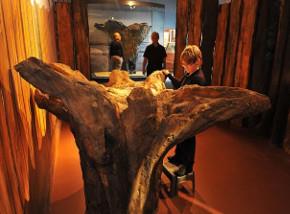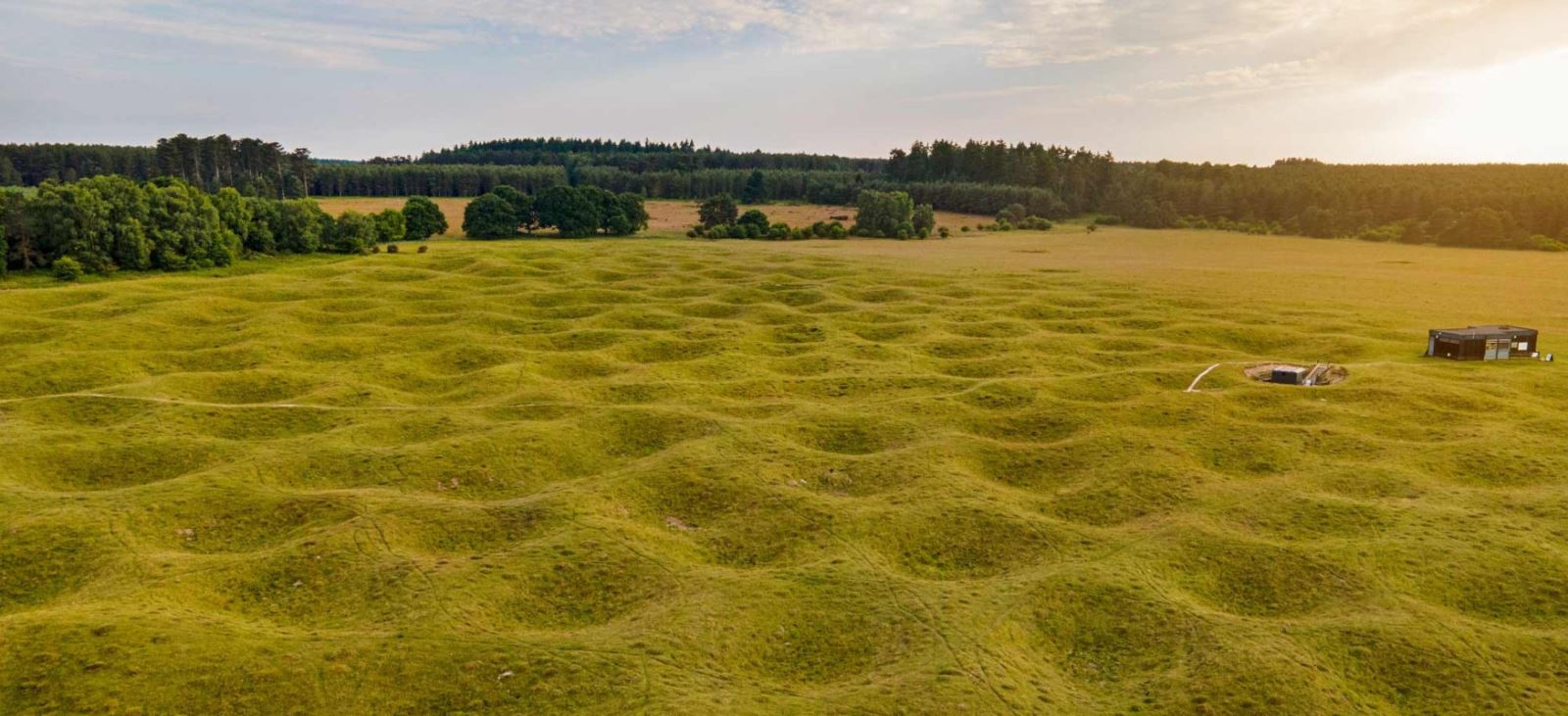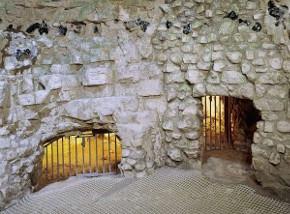To provide you with the best experience, cookies are used on this site. Learn more

To provide you with the best experience, cookies are used on this site. Learn more



You are here: Deep History Coast > More of North Norfolk's History
North Norfolk is steeped in history with many museums, churches, steam railways, stately homes and exhibitions revealing the area’s past heritage in trade, agriculture and fishing. There are several other historical sites around Norfolk, dating back thousands of years that can be seen today.

A massive upturned tree stump, surrounded by 54 wooden finger posts resembling Stone Henge, was revealed by the tide and shifting sands in 1998 on Holme beach. The ‘Seahenge’ discovery dates back to the 21st century BC, the early Bronze Age in Britain, providing an artefact that is older than the Mausoleum at Halicarnasasus, built in the mid-4th century for King Mausollos of Caria, in south-west Turkey. Archaeologists discovered that trees used in the construction had been felled in Spring, 4,000 years ago in 2049BC, with the use of at least fifty different axes made of bronze.

Discussions around the use of the construction included a funeral site, an altar and a cattle enclosure. There was great debate around whether to leave the structure or move and preserve it. After English Heritage chairman Sir Jocelyn Stevens claimed it ‘one of the most exciting and enthralling archaeological discoveries of our time’, the experts removed Seahenge to the Bronze Age Centre in Flag Fen near Peterborough. Here it was preserved by soaking the wood in wax-emulsified water, replacing the salt water in the wood with wax. It now resides in Portsmouth to be further looked after and examined by the same team who looked after the Mary Rose. You can now see a recreated Seahenge at the Lynn Museum.

Grime’s Graves, in Thetford in Norfolk, is a Neolithic flint mine which is the only one open to visitors in Britain. These pits were first named Grim’s Graves by the Anglo-Saxons who thought the pits were the work of Grim, also known as the god, Woden.
This 90-acre land resembles a lunar landscape, with grassy mounds and craters which are the remains of 433 in-filled shafts, pits and spoil heaps which were created by diggings made 5,000 years ago to extract flint. The shafts were dug out with adapted red-deer antlers (resembling picks) and some are up to 12 meters deep. Once the floorstone, a layer of hard black flint, was reached, the miners dug tunnels following the flint layer. This hard stone was used to be shaped (or knapped) into axes, arrow heads, knives and many other tools.

It was not until an excavation in 1870, that these tunnels were identified as flint mines dug as early as 3000BC. The site is now managed by English Heritage and is a Site of Special Scientific Interest; a protected area of particular interest to science due to its important geological and physiological features.
Archaeologists have examined around twenty of the pits and one pit, nine meters deep, is open to the public which can be reached by ladder.

